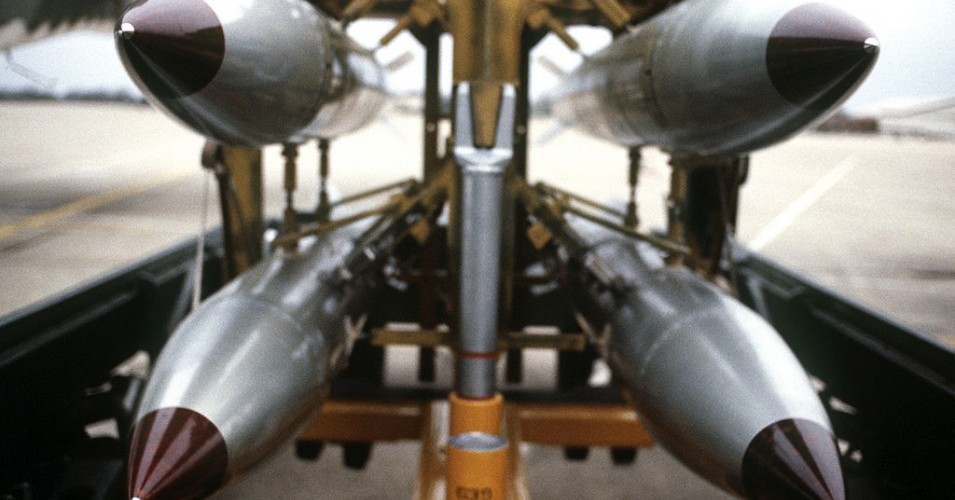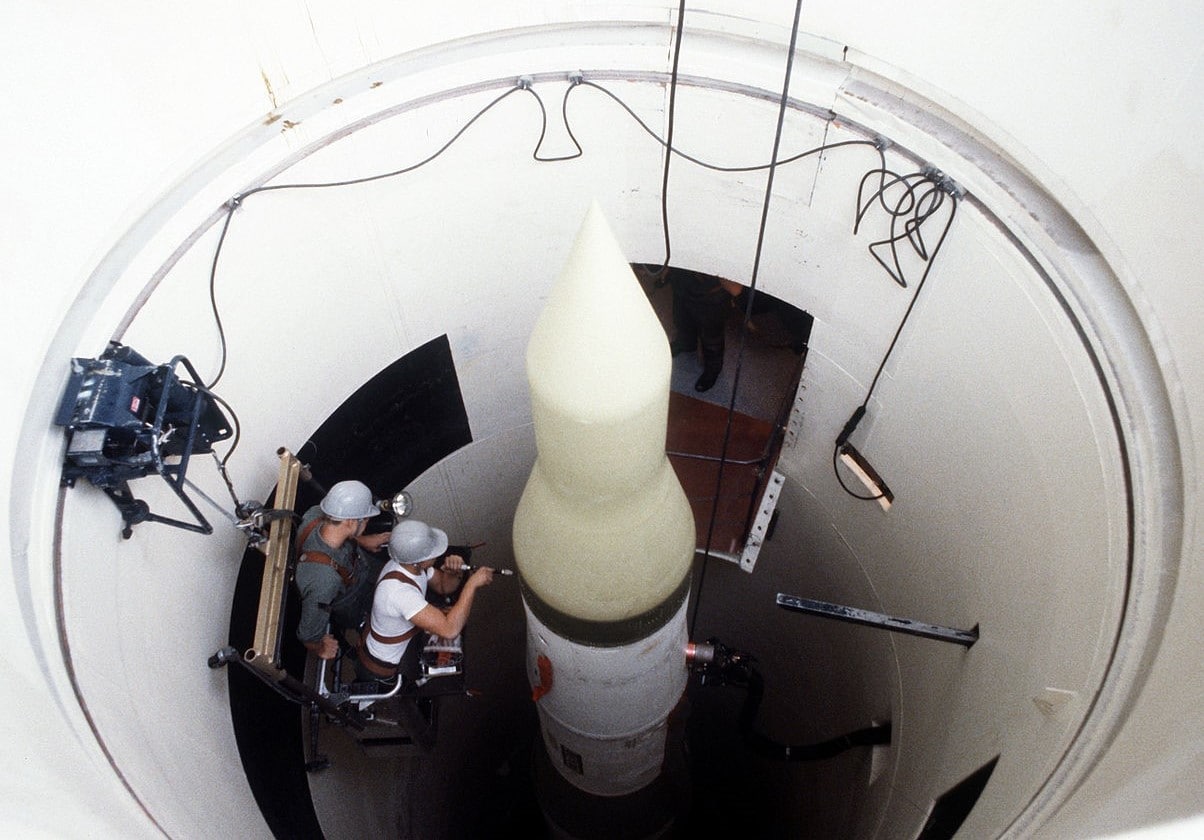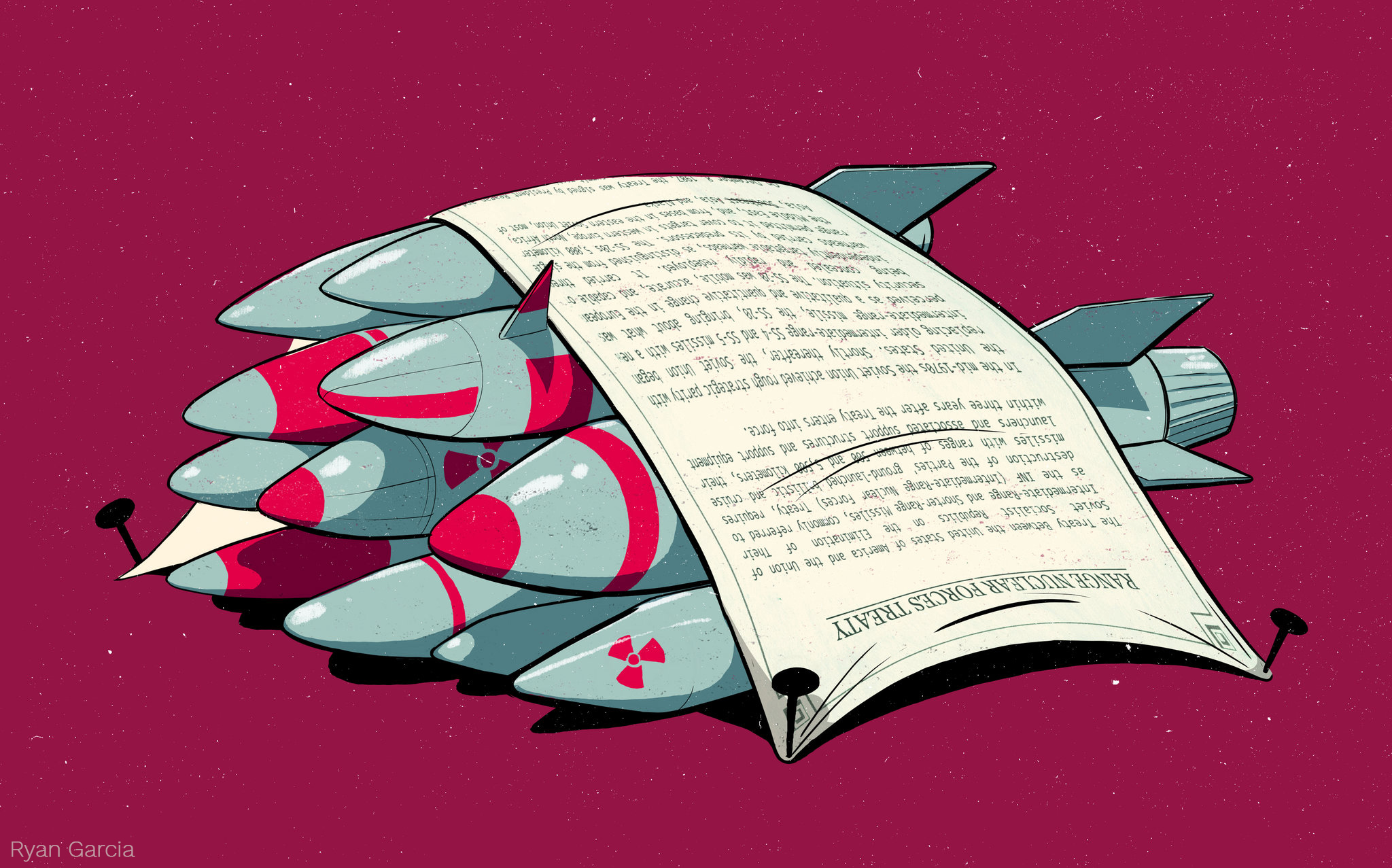ARTICLE BY JOHN MECKLIN | thebulletin.org
The proverbial alien beamed down to Earth would find the situation quizzical indeed: The political debates and campaigns involved in selecting the most powerful person on the planet – the US president – scarcely mention the stark fact that any president could at any time be called to decide, almost instantly, whether to order a nuclear attack that would lead to the end of civilization. There is, at present, no significant check on the president’s ability to make that decision. If he orders a nuclear attack, there will almost certainly be one. For a variety of reasons, the chances of nuclear war are not negligible; they are at least as high as they were at the height of the Cold War, according to leading world experts. And a nuclear exchange of even modest proportions would change the world forever, bringing on nuclear winter, degrading civilization in countless other ways, and affecting every person, everywhere. (At least every live person. The tens or hundreds of millions killed quickly in a nuclear exchange will just be dead.)





